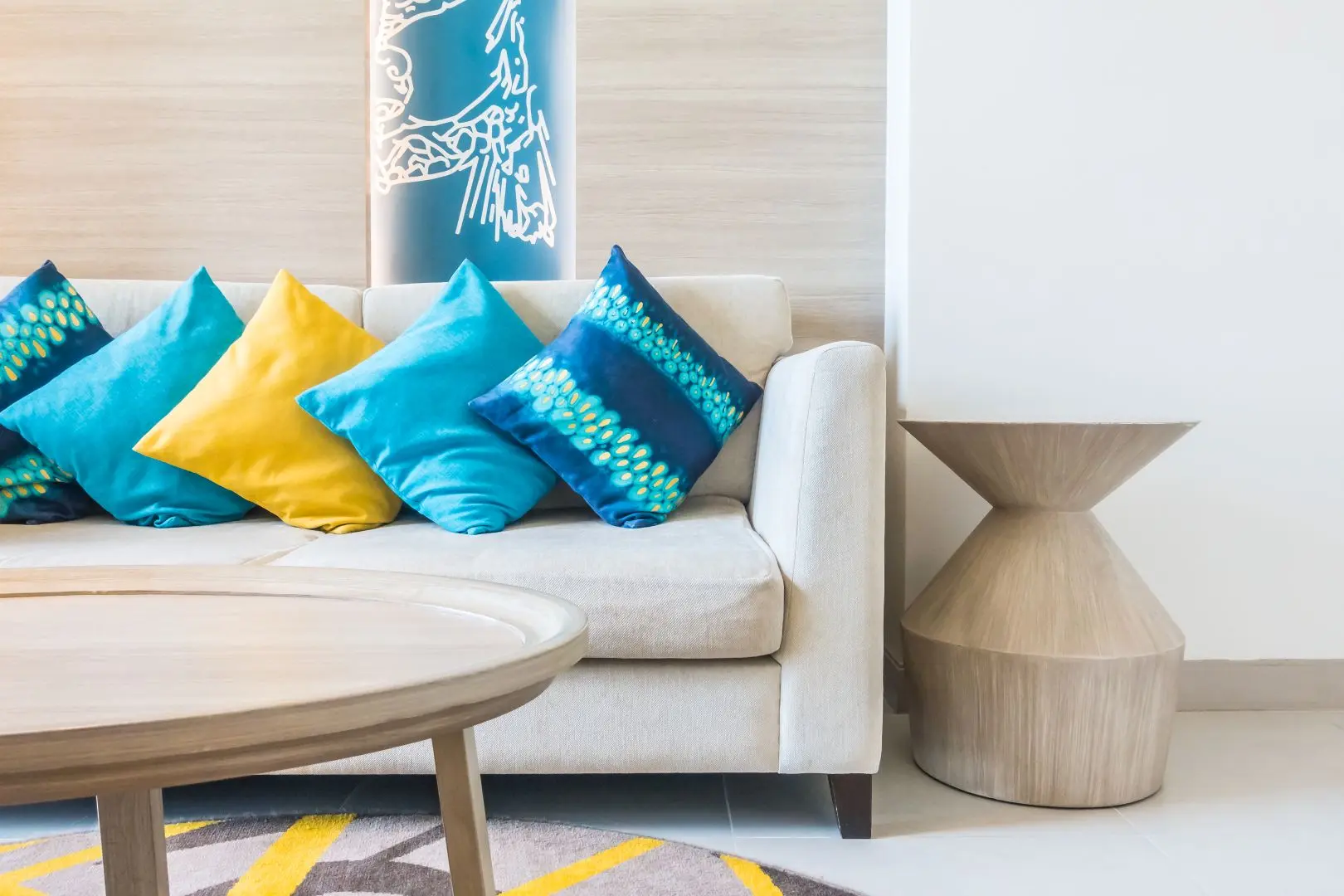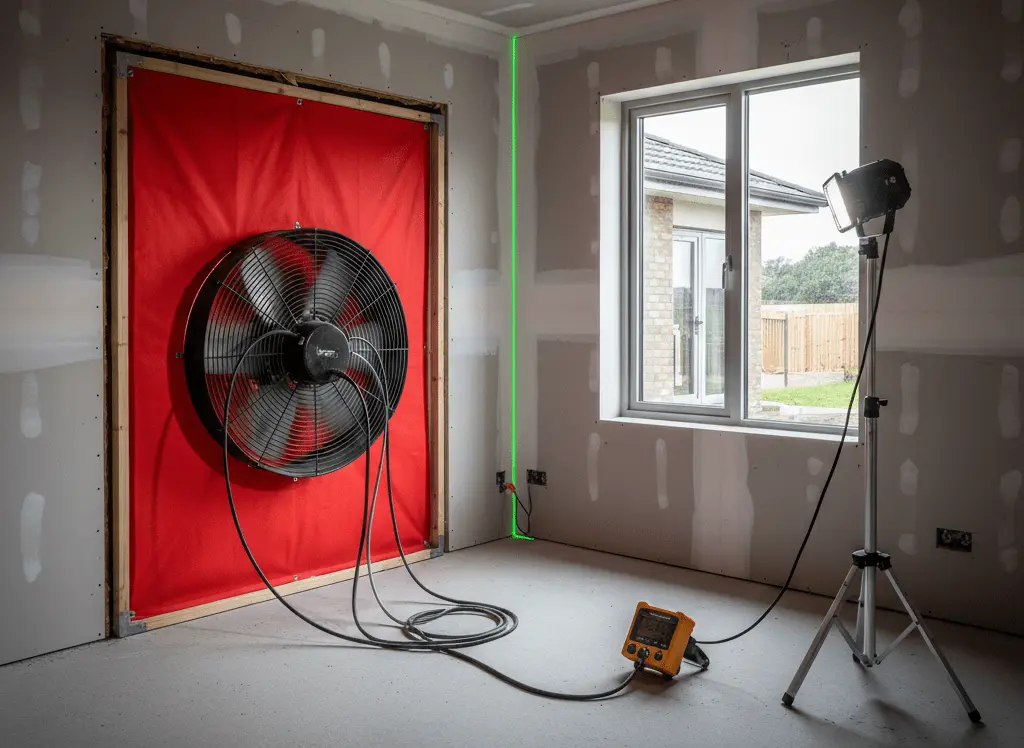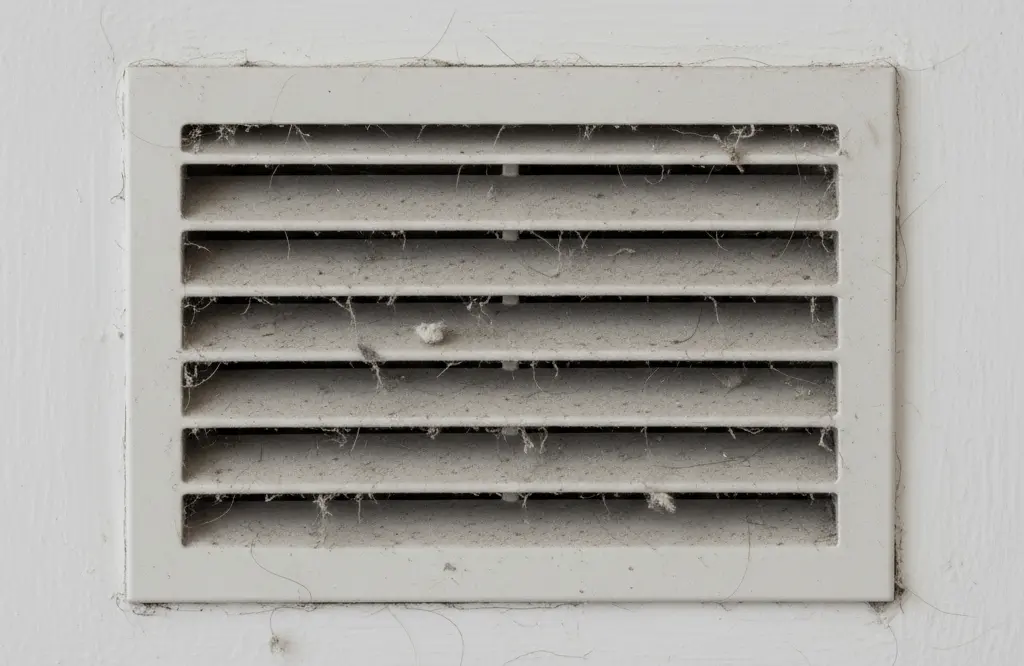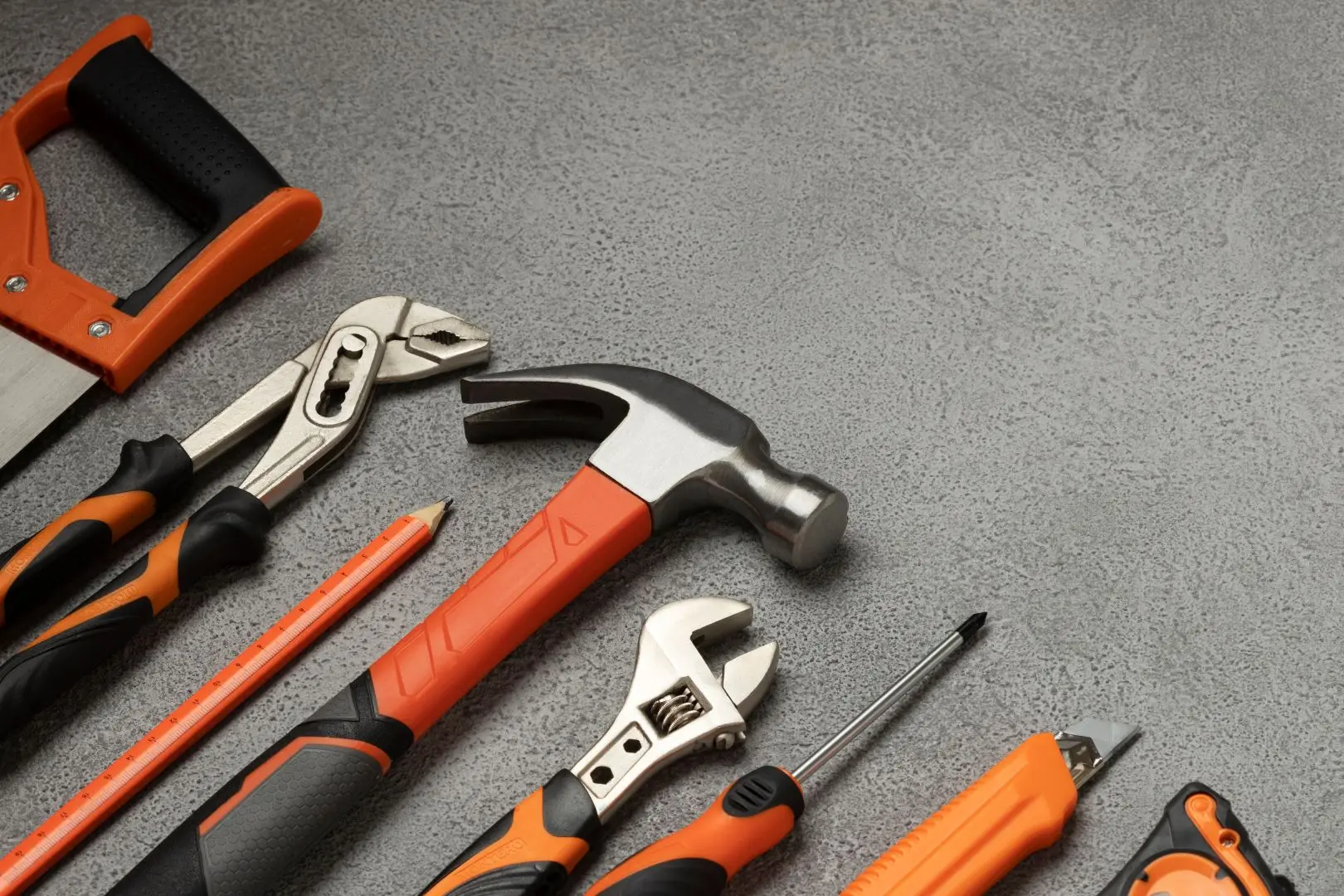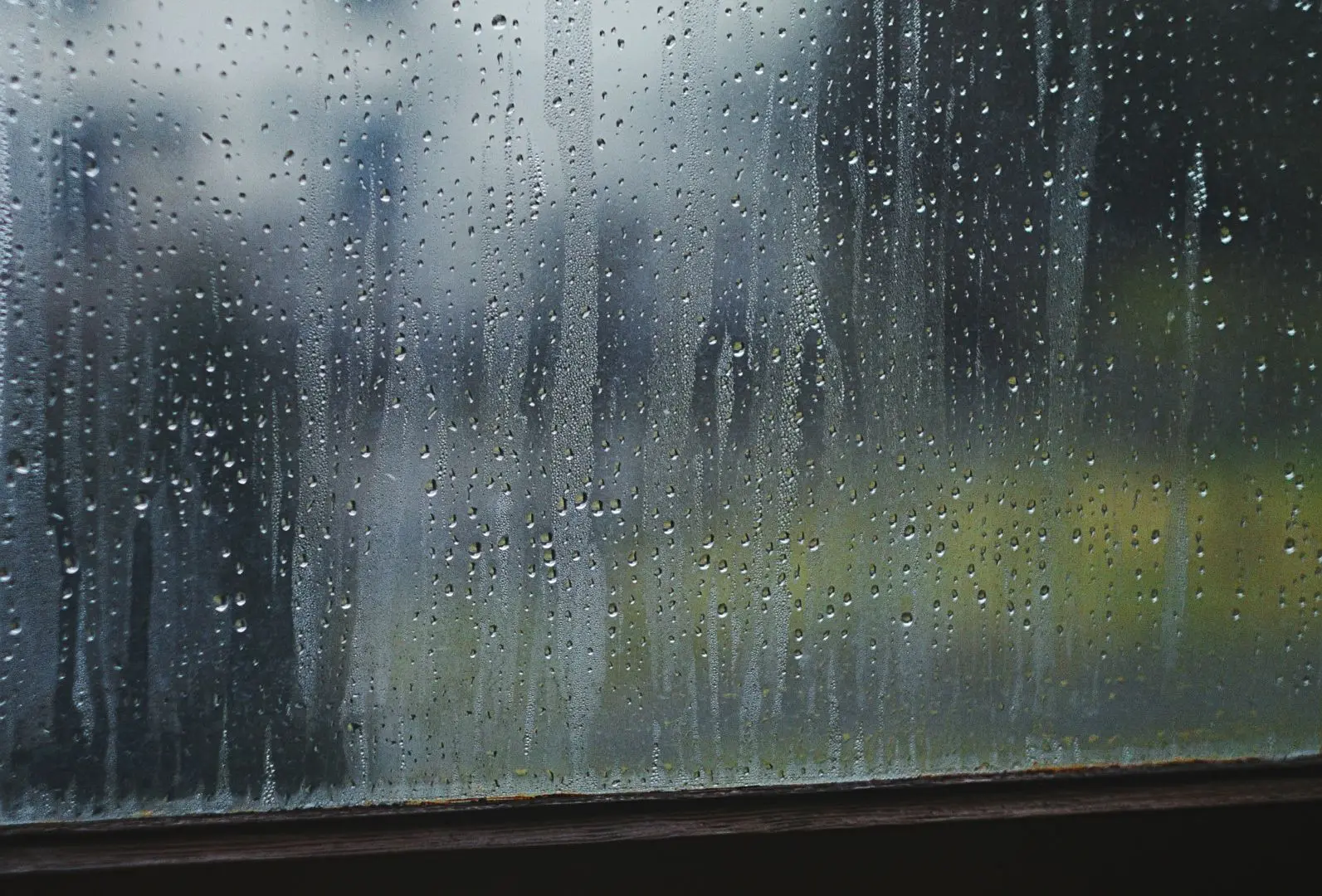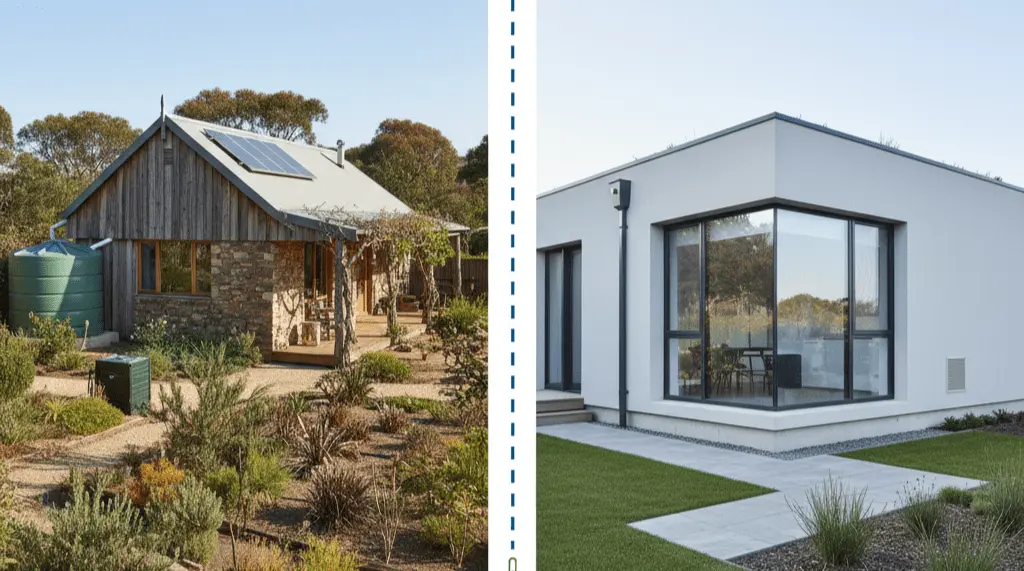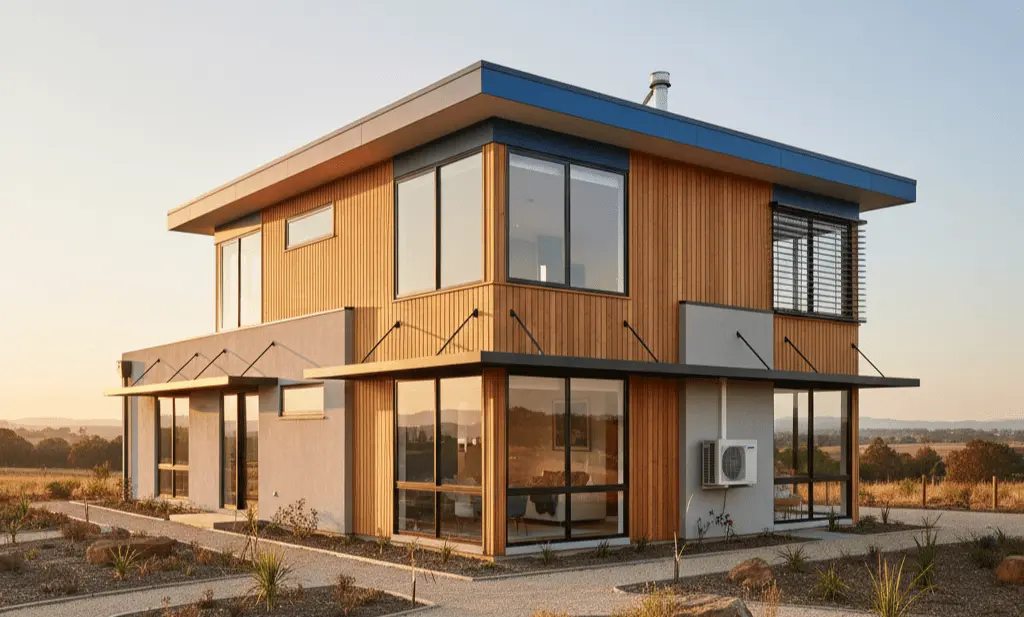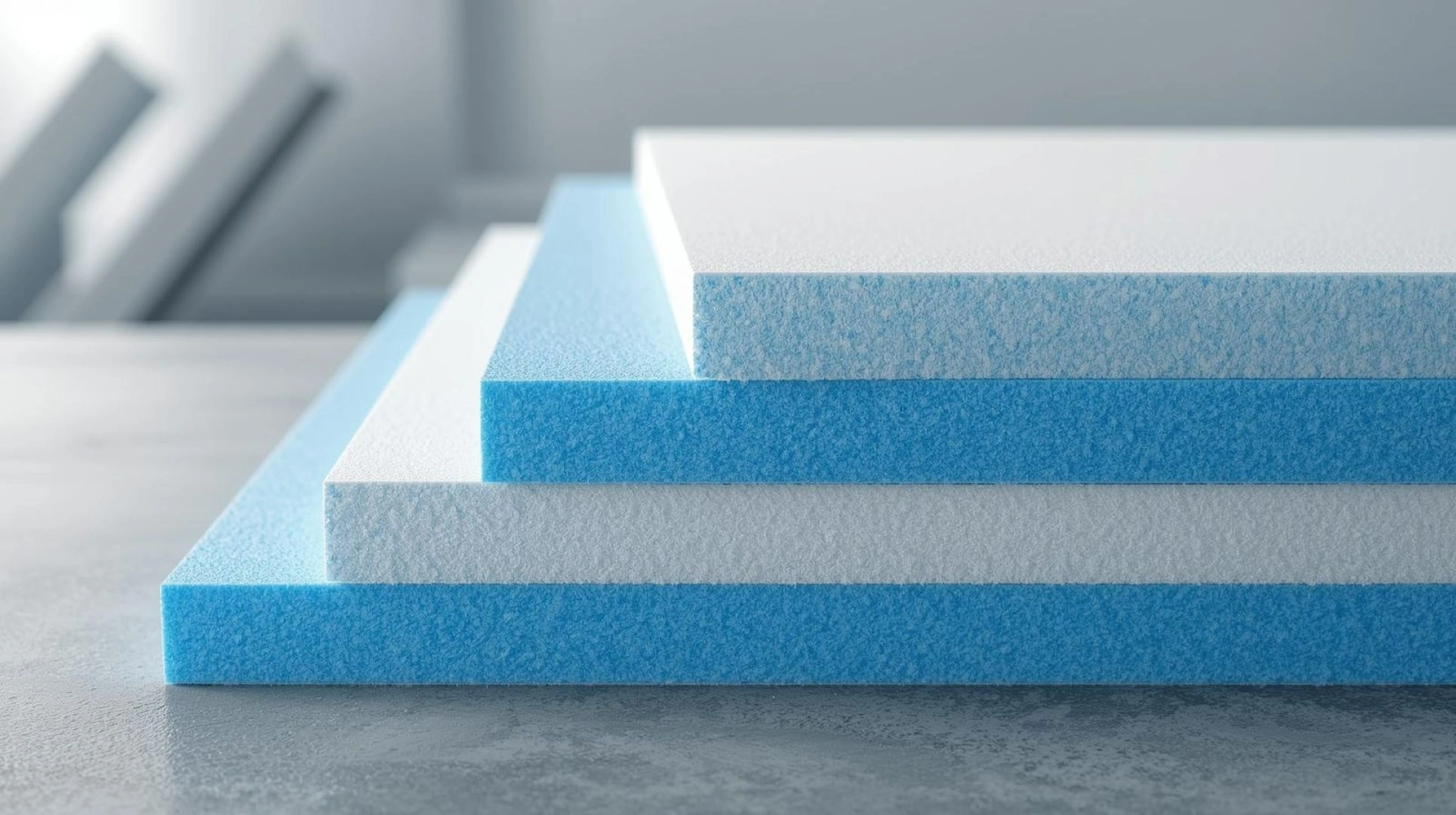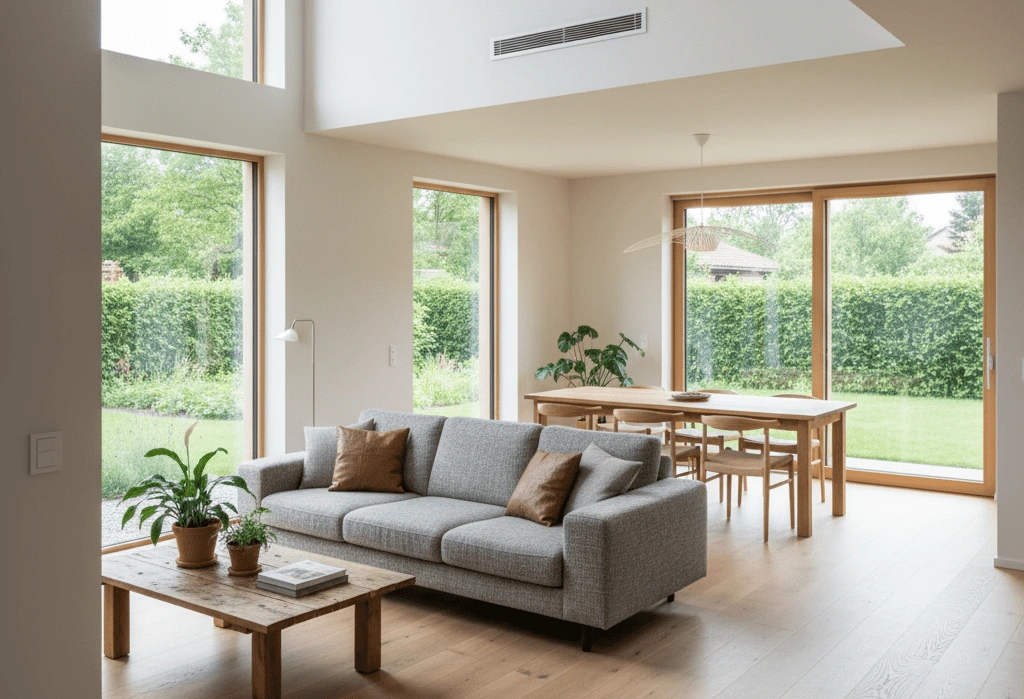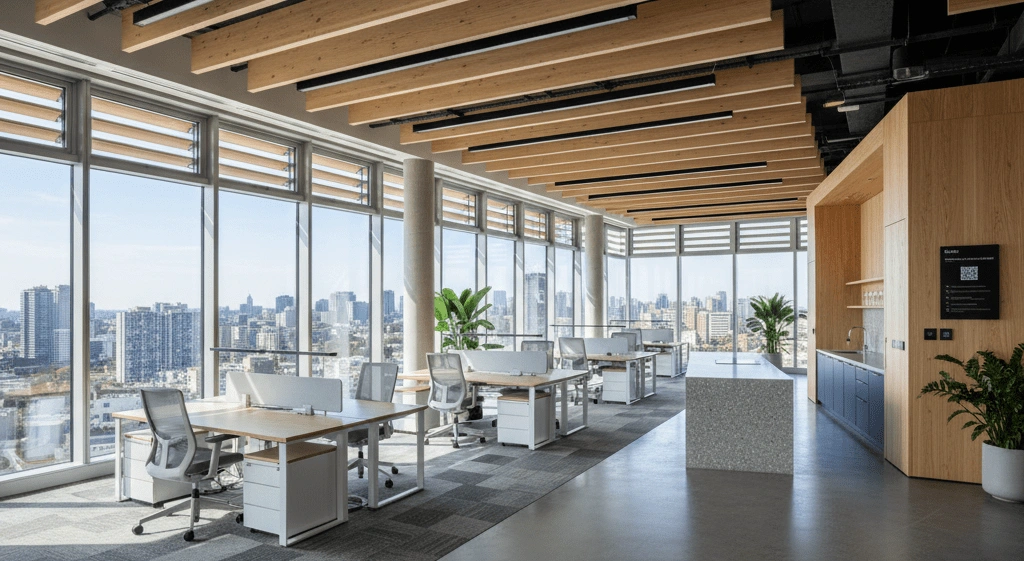The benefits of living in a passive house
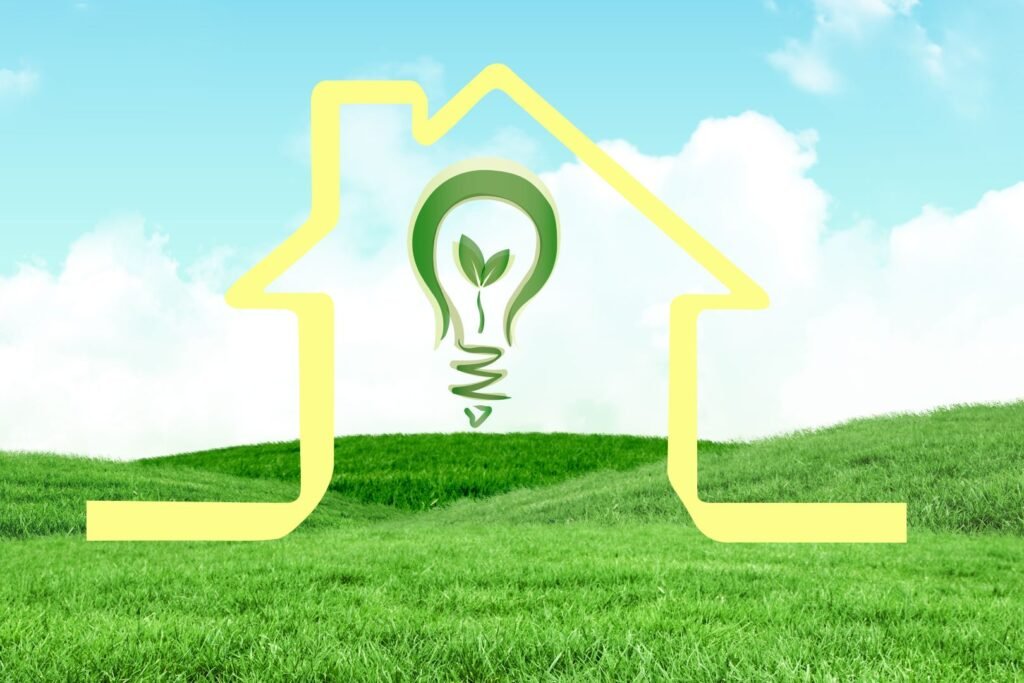
Imagine living in a home that stays comfortable all year round without running up massive energy bills. That’s the promise of a passive house, an approach to sustainable living gaining ground across Australia.
While many Australian homes struggle with extremes of heat and cold, passive houses challenge this norm by delivering comfort, superior energy efficiency and a drastically reduced environmental footprint.
But what exactly makes a passive design house so beneficial? And why should more Australians turn to passive house builders to realise this vision?
What is a passive house?
Briefly, a passive house (or Passivhaus) is a building standard developed by the Passive House Institute in Germany. It focuses on designing and constructing homes that require minimal energy for heating and cooling. This is achieved through high-performance insulation, airtight construction, heat-recovery ventilation systems and superior windows and doors.
In Australia, passive house builders are adapting these international standards to local climates, producing homes that maintain consistent indoor temperatures between 20-25°C for roughly 90% of the year, drastically reducing reliance on active heating and cooling systems.
1. Comfort all year round
One of the most immediate benefits a passive house in Australia offers is comfort. Traditional homes often struggle to maintain comfortable temperatures in extreme weather, becoming cold and drafty in winter or unbearably hot in summer.
Thanks to the airtight building envelope and high levels of insulation in passive house designs, these homes maintain a stable indoor climate without temperature swings. The continuous ventilation system ensures fresh air circulation, preventing stuffiness while preserving heat during cooler months. This leads to a more pleasant living environment, without drafts, cold spots or overheating.
2. Energy savings
Energy efficiency is at the core of passive building design, and one of the biggest benefits for homeowners is the potential for significant savings on energy bills. Because passive houses minimise heat loss and heat gain through superior insulation and airtight construction, they require very little energy to maintain a comfortable temperature.
Heating and cooling systems in a passive design house are much smaller and are used less when compared to conventional homes. This leads to lower electricity and gas bills year-round.
3. Reduced environmental impact
Beyond your individual savings, the environmental benefits of living in a passive house are also important. Australia is committed to reducing carbon emissions, and buildings account for a significant portion of national energy use and greenhouse gases.
By dramatically cutting the need for heating and cooling, passive building design helps reduce operational energy demand. This could be a step towards assisting the federal government in achieving its net-zero targets.
4. Healthier indoor environment
Indoor air quality is another critical advantage of passive house designs. The controlled ventilation system with heat recovery not only maintains temperature but also continuously filters fresh air into the home while extracting stale air. This means occupants benefit from reduced allergens, pollutants and humidity issues, which are common in traditional homes with poor ventilation.
This healthier air environment is especially beneficial for people with asthma, allergies or other respiratory conditions.
5. Higher property value and market appeal
The passive house premium in Australia refers to the added value and appeal that these energy-efficient homes command on the property market. Buyers increasingly prioritise sustainability, low running costs and comfort when purchasing homes. In fact, according to Domain’s Sustainability in Property 2025 report, energy-efficient houses attract 13.8% more buyer interest than non-energy-efficient properties.
Additionally, energy-efficient houses sold for 14.5% more than non-energy-efficient houses. Certified passive houses will therefore stand out as premium properties due to their long-term savings and reduced environmental impact. Investing in a passive design house is, therefore, not only a lifestyle choice but could also be a financially savvy decision.
6. Long-term durability
The strict standards required in designing a passive house mean that construction quality is typically higher than conventional homes. To achieve the airtightness and insulation targets, builders have to pay careful attention to detail during the build process.
This focus on quality means greater durability, fewer maintenance issues and longer-lasting performance. As a result, homeowners may experience better value over time, making the passive house premium in Australia a sound investment.
7. Flexibility in design
Contrary to some beliefs, passive house designs are highly adaptable. Whether you want a compact urban townhouse, a spacious family home or even a multi-residential development, passive building design principles can be applied to suit a wide range of architectural styles and site conditions.
The emphasis is on smart planning, orientation and materials. This flexibility allows homeowners to customise their passive houses without compromising efficiency.
Passive houses in Australia
Owning or living in a passive house offers many benefits, from consistent indoor comfort and dramatically lower energy bills to improved health and environmental sustainability.
As interest in sustainable housing continues to grow, so too will the availability of qualified passive house builders across Australia. These builders bring specialist knowledge in passive house design, airtight construction and high-performance materials, ensuring every detail is executed to meet international certification standards.
With more people realising the benefits of passive houses and the support of a skilled and expanding builder network, this approach is becoming a realistic and rewarding choice for Australians looking to build smarter, healthier and more future-ready homes.
